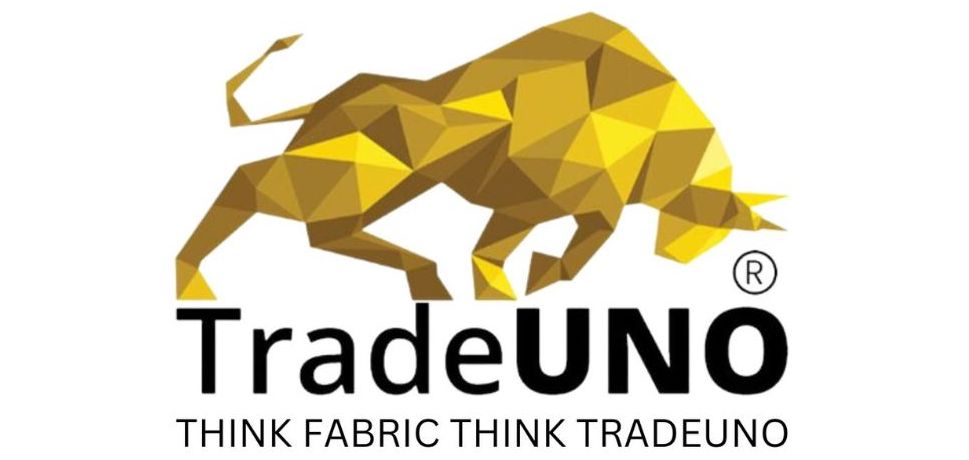Introduction
Sportswear fabric plays a crucial role in an athlete's performance and comfort. As technology advances, so do the quality and variety of materials used in sports apparel. This guide explores the top fabrics for sportswear, their characteristics, and how to choose the right material for different activities.
Top Fabrics for Sportswear
- Polyester: A popular sportswear fabric known for its durability and moisture-wicking properties
- Nylon: Lightweight and quick-drying, ideal for high-intensity activities
- Spandex: Provides stretch and flexibility, often blended with other fabrics
- Bamboo: Eco-friendly option with natural moisture-wicking and antibacterial properties
- Merino Wool: Natural fibre that regulates temperature and resists odours
- Polypropylene: Excellent moisture-wicking capabilities and lightweight
- GORE-TEX: Waterproof and breathable, perfect for outdoor sports
These sportswear fabric types offer various benefits for athletic activities and environmental conditions.
Fabric Blends and Innovations
Modern sportswear fabric often combines multiple materials to enhance performance. TradeUNO, as India's first curated B2B Marketplace for fabrics and supply chain orchestration company in the fabric domain, leverages its extensive network and expertise to source innovative fabric blends. They utilise cutting-edge technology to identify and procure the latest advancements in sportswear materials, ensuring their clients have access to state-of-the-art fabrics.
Common blends include:
- Polyester-Spandex: For stretch and moisture management
- Nylon-Spandex: Offers durability and flexibility
- Polyester-Bamboo: Combines synthetic and natural benefits
Read more - Knit Fabrics: From Cosy Sweaters to High-Performance Activewear
Key Characteristics of SportsWear Fabrics
Effective sportswear fabric should possess the following qualities:
- Moisture-wicking: Draws sweat away from the skin
- Quick-drying: Evaporates moisture rapidly
- Breathability: Allows air circulation
- Durability: Withstands frequent use and washing
- Flexibility: Moves with the body without restriction
- UV protection: Protects skin from harmful sun rays
- Odor resistance: Minimises bacterial growth and unpleasant smells
These characteristics ensure comfort and performance during physical activities.
Specialised Fabrics for Specific Sports
Different sports require specific sportswear fabric properties. TradeUNO recognises this need and offers a wide range of specialised fabrics tailored to various sports disciplines. Their extensive catalogue includes materials suitable for everything from high-impact activities to water sports.
- Running: Lightweight, moisture-wicking fabrics like polyester blends
- Yoga: Stretchy, breathable materials such as nylon-spandex blends
- Swimming: Chlorine-resistant fabrics like polyester or nylon with spandex
- Cycling: Aerodynamic, moisture-wicking materials with padding
- Winter sports: Insulating and waterproof fabrics like GORE-TEX
Choosing the Right Fabric for Different Activities
Selecting the appropriate gym clothes material or sportswear fabric depends on various factors:
- Activity intensity: High-intensity sports require more moisture-wicking properties
- Environment: Consider temperature, humidity, and exposure to elements
- Duration: Longer activities may need more durable fabrics
- Personal preferences: Some may prioritise softness over performance features
For example, a high-intensity indoor workout might benefit from a polyester-spandex blend, while outdoor hiking could require a more durable nylon fabric with UV protection.

Care and Maintenance of Sports Fabrics
Proper care extends the life of your sportswear fabric:
- Follow the care label instructions carefully
- Wash in cold water to prevent shrinkage and maintain elasticity
- Avoid fabric softeners, which can clog moisture-wicking fibers
- Air-dry or use low-heat settings to prevent damage
- Turn garments inside out before washing to protect prints and reduce pilling
- Use sports-specific detergents for tough odours and stains
These practices help maintain the performance properties of your gym clothes fabric.
Conclusion
The world of sportswear fabric is constantly evolving, with new materials and blends emerging to meet the diverse needs of athletes. From moisture-wicking polyester to eco-friendly bamboo, there's a fabric suited for every sport and activity level. By comprehending the properties of different materials and considering the specific requirements of your chosen sport, you can select the ideal fabric to enhance your performance and comfort.
As technology advances, we can foresee more innovative sportswear fabric types emerging, further improving the athletic experience.
FAQs
What is the most breathable fabric for sports?
The most breathable sportswear fabric is often a blend of synthetic materials like polyester or nylon with natural fibres. Mesh fabrics and those with moisture-wicking properties enhance breathability. Bamboo and merino wool are also excellent natural options for breathable sportswear.
Is cotton good for gym wear?
While cotton is comfortable, it's not ideal for gym wear. Cotton absorbs sweat and stays wet, leading to discomfort and potential chafing. It doesn't wick moisture or dry quickly like synthetic gym clothes fabric. For better performance, opt for moisture-wicking synthetic blends or specialised natural fibres.
Why do athletes wear polyester?
Athletes prefer polyester sportswear fabric for several reasons:
- Excellent moisture-wicking properties
- Quick-drying capability
- Durability and resistance to wrinkles and shrinking
- Lightweight and breathable
- Ability to retain colour and shape after multiple washes These properties make polyester ideal for high-performance sportswear.
Why don't athletes wear cotton?
Athletes avoid cotton because it retains moisture, causing discomfort and chafing. It's slow to dry, loses shape quickly, and lacks the temperature regulation and durability of specialized performance fabrics.
 Call Us
Call Us





















